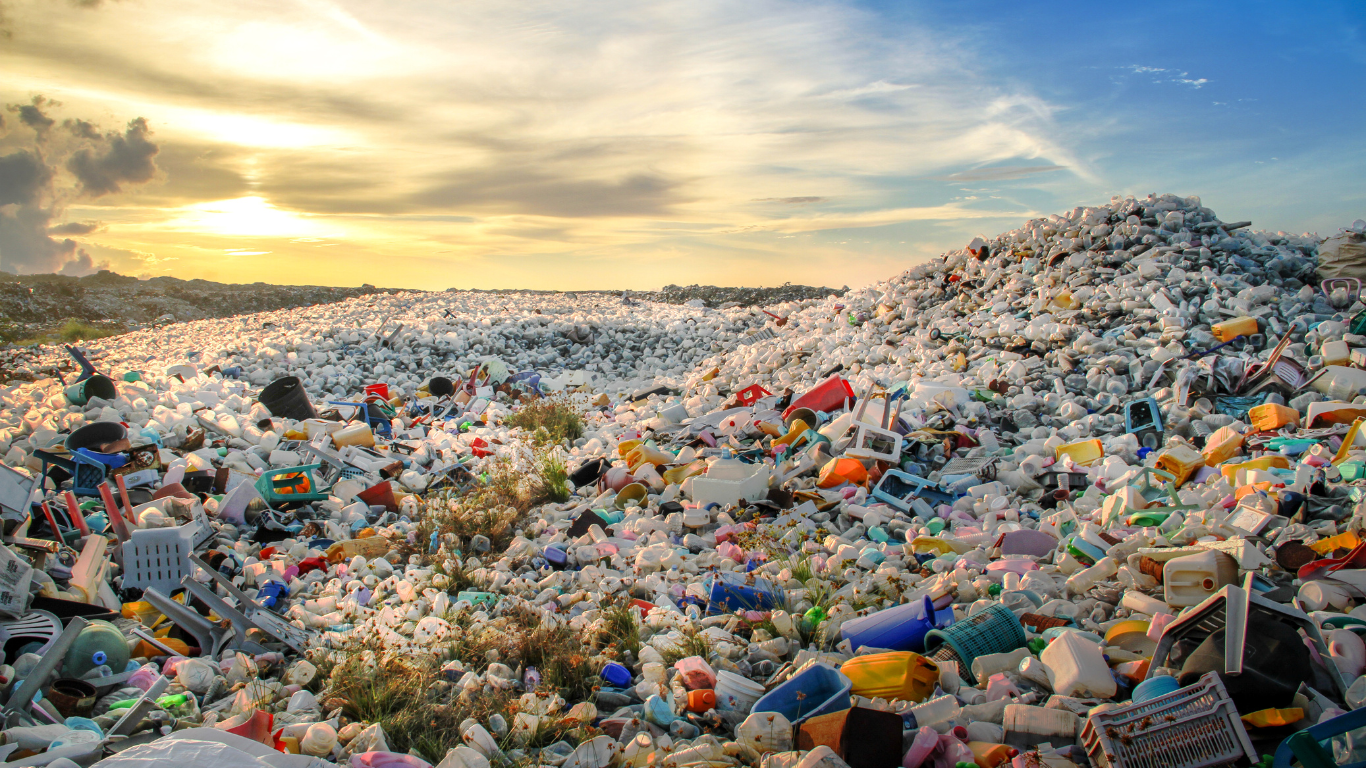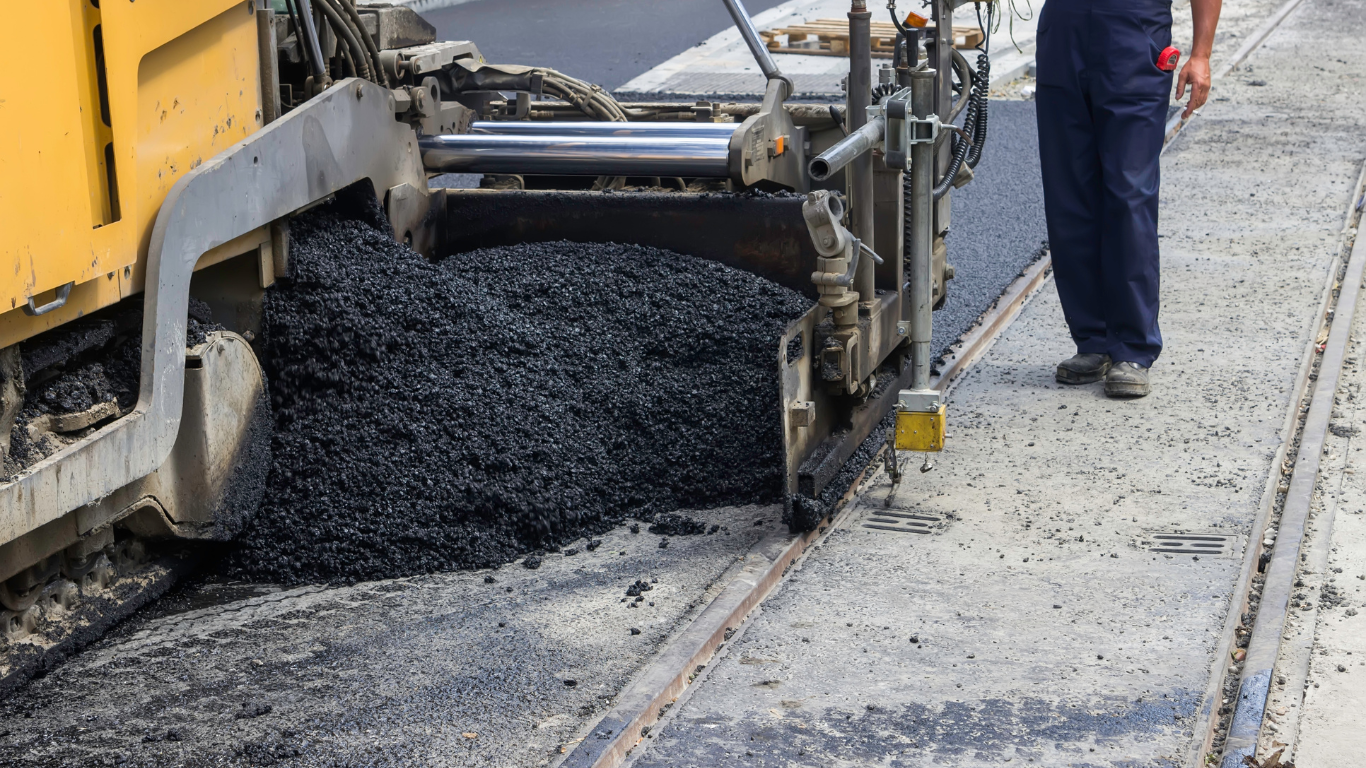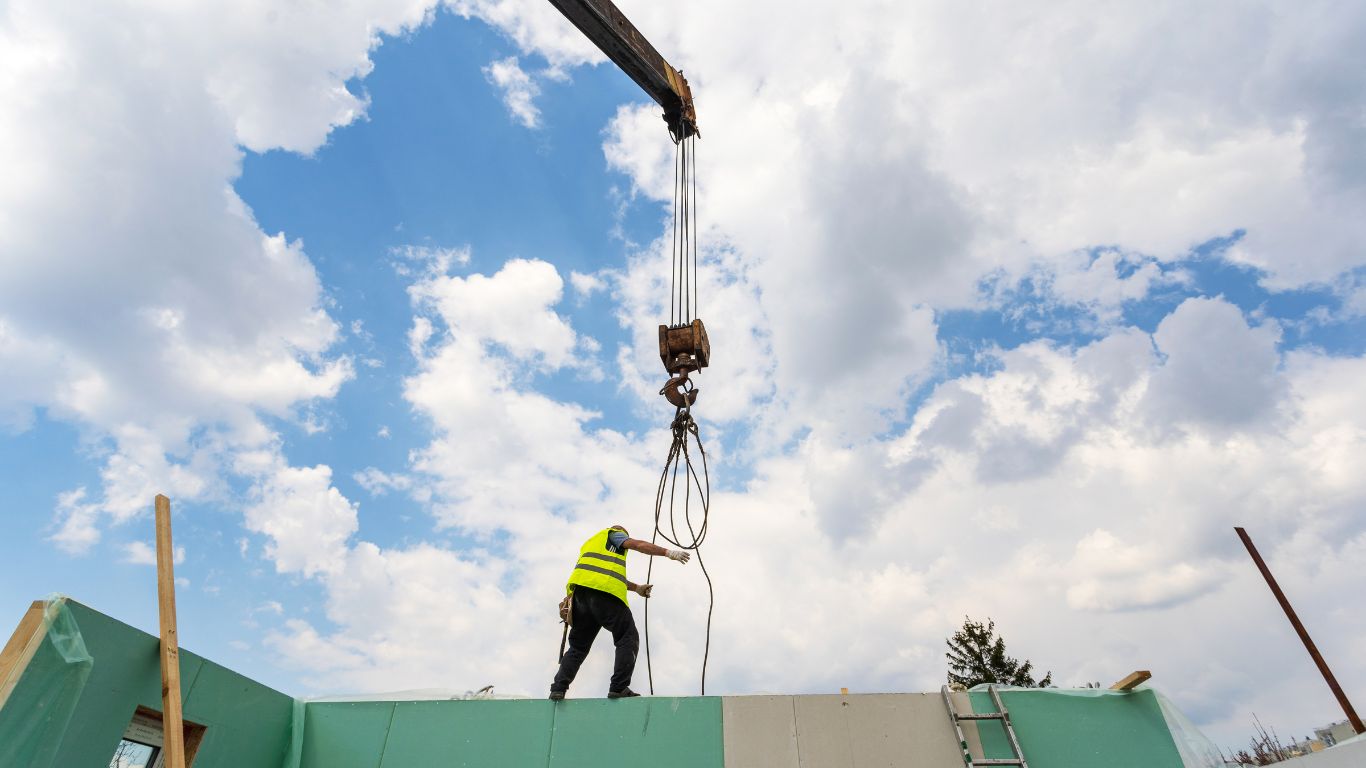Innovating the AEC industry to combat plastic pollution

This year's Earth Day theme, "Planet vs. Plastics," serves as an important reminder of our duty to preserve the environment and promote sustainability. It urges us to unite and act for a healthier planet and a brighter future.
With global plastic waste more than doubling in the past two decades and a mere nine percent successfully recycled, the urgency to address this issue is evident (OECD, 2022). The rampant disposal of non-biodegradable plastics, particularly in our oceans, poses a grave threat to our ecosystems. To combat this, innovative solutions and collective efforts are vital to safeguarding our planet.
This Earth Day, the Building Good team aims to showcase the notable efforts of the architecture, engineering, and construction (AEC) industry, which plays a pivotal role in shaping our built environment, in promoting a healthy planet and leading the charge against plastic pollution.

Sustainable material alternatives
The AEC industry is increasingly incorporating recycled and sustainable materials into construction projects as alternatives to commonly used plastics such as polyvinyl chloride (PVC), expanded polystyrene (EPS), and high-density polyethylene (HDPE). These plastics are typically used for seals, pipes, windows, doors, floor coverings, cables, insulation, and packaging. This shift includes the utilization of recycled steel, reclaimed wood, and recycled plastic composites in building materials. Additionally, eco-friendly alternatives like bamboo and hemp are gaining traction due to their renewable properties. Not only do these alternatives reduce dependence on plastic, but they also adhere to circular economy principles by repurposing waste materials.
We are also seeing recycled plastic being used more and more as substitutes for other, higher emission materials, such as pavement. In a recent Building Good blog, Paving the way to sustainability: upcycling plastic into pavement, Lucas and Lauren Barnes, Co-Founders of the Last20, discuss how they use problematic, low-density polyethylene – commonly used for plastic bags and packaging – to create a plastic-infused pavement alternative that not only benefits the environment, but is more robust and longer-lasting.
An exemplary initiative in this regard is the ASBP Reducing Plastics in Construction Group based in the UK, which brings together stakeholders from various sectors to collectively address plastic usage in construction. This group offers toolkits and interactive activities to assist the AEC industry in devising innovative approaches to reduce plastic waste while promoting the expertise of its members.
For further insights, explore the "Plastics in Construction – Introductory Q&A Guide.

Embracing prefabrication and modular construction
Prefabrication and modular construction techniques play a crucial role in reducing construction waste by fabricating building components off-site in controlled environments. This method minimizes material waste and disturbance at the construction site while promoting the use of standardized materials, which optimizes resource utilization and decreases reliance on single-use plastics.
One of Bird Construction's partners, Stack Modular, specializes in providing innovative structural steel volumetric building solutions. Stack's modular building approach effectively minimizes construction waste through various strategic measures. Thoughtful design ensures optimal material usage, while continuous process improvement enhances production efficiency, reducing errors and the need for rework. Additionally, early engagement with the supply chain encourages collaboration and enables the conscientious selection of sustainable materials for factory production.
Modular building methods have a significantly lower environmental impact, with recent studies indicating the potential to reduce CO2 emissions by over 45% (Sajid et al., 2024).

Investing in Research and Innovation
With a commitment to sustainability and a dedication to mitigating the impact of plastic materials, research institutions, industry associations, and companies are investing in research and innovation to develop alternative materials and construction methods that are more sustainable and environmentally friendly. This includes exploring bio-based materials, 3D printing with recycled materials, and innovative construction techniques that minimize environmental impact.
Biodegradable materials are emerging as a promising solution to the plastic pollution crisis. Researchers and industry experts are developing bioplastics derived from renewable sources such as corn starch, sugarcane, and algae. These biodegradable alternatives offer the functionality of conventional plastics while breaking down naturally in the environment, mitigating the long-term harm caused by plastic waste (Song, et al, 2009). Advancements in biodegradable construction materials pave the way for eco-friendly solutions in various applications, from packaging to building components.
As we commemorate Earth Day this year, let us recognize the important role of the AEC industry in the fight against plastic pollution and the importance of collaboration in driving innovation. By embracing sustainable practices, advocating for change, and sharing best practices the AEC sector is not only shaping the future built environment but also ensuring the preservation of our planet. Together, we can build a more sustainable and resilient world, one project at a time.
